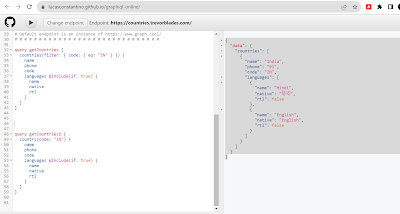Large Language Models (LLMs) are AI systems capable of processing and understanding natural language at an advanced level. They have gained popularity in recent years due to their ability to perform a variety of tasks, from language translation to natural language processing, and even creative writing. With the growing demand for LLMs, the question arises, is 2023 a good year to invest in the LLM industry?
Industry Trends
According to the Forbes Advisor report, the technology sector will continue to dominate the investment industry in 2023. Advancements in AI technology, coupled with increased funding for research and development, will drive the growth of the industry in the coming years. The report also highlights that the LLM industry is expected to grow at an average annual rate of 23.5% from 2021 to 2028. This growth is fueled by the increasing demand for natural language processing and sentiments analysis in fields such as customer service, digital marketing, and healthcare.
Potential Risks
However, investment in the LLM industry is not without risk. The World Economic Forum’s Global Risks Report 2023 identifies environmental risks as the most significant risks facing the world over the next ten years. While the LLM industry does not contribute directly to environmental risk, the reliance on fossil fuels and energy-intensive hardware for training and running LLMs can have a significant impact on the environment. Therefore, investing in LLM companies that prioritize environmental sustainability, such as through the use of renewable energy sources, can mitigate investment risk over the long term.
The report also highlights that the cost-of-living crisis is seen as the most significant risk in the next two years. In the current economic climate, investors will need to be cautious when investing in the LLM industry, as it is a relatively new and rapidly evolving industry. The risk of investing in a company that is not well-established or lacks a solid track record can result in significant losses. Therefore, thorough research, analysis, and caution are essential while making investment decisions in the LLM industry.
Market Potential
Despite the potential risks, the LLM industry’s market potential is growing rapidly, providing an attractive investment opportunity for investors. The LLM market size is expected to reach $37.8 billion by 2026, which represents an approximately six-fold increase from the market size in 2020. This growth is attributed to the increasing demand for advanced AI technologies that can handle complex natural language comprehension tasks. The rise of chatbots, virtual assistants, and smart speakers in the field of customer service and communication has also contributed to the growth of the LLM industry.
Investment Opportunities
Several companies offer promising investment opportunities in the LLM industry. OpenAI, one of the leading companies in the industry, has developed the GPT-3 LLM, which can create text that is almost indistinguishable from that written by humans. The company has raised significant funding from investors such as Microsoft and is considered a pioneer in the LLM industry. Another promising company is Google’s BERT LLM, which is being used extensively in natural language processing tasks in various fields, including healthcare, finance, and e-commerce.
In addition to these large companies, some promising start-ups in the LLM industry are also worth considering for investment opportunities. Hugging Face, a startup that specializes in building open-source conversational AI models and providing related services, has shown impressive growth in recent years. The company has raised $15 million in funding and has several high-profile clients, including Microsoft and PayPal.
Conclusion
Investors seeking to invest in the LLM industry in 2023 should be aware of the potential risks and opportunities associated with this rapidly growing industry. While the industry shows promising growth potential, investors need to be cautious when making investment decisions due to the industry’s relative infancy and potential environmental impact. Investing in well-established companies with a proven track record, such as OpenAI and Google, or promising start-ups such as Hugging Face, could lead to significant returns for investors.
Investing in the LLM industry requires thorough research, analysis, and caution, and investors should diversify their portfolio to minimize risk. Overall, the LLM industry’s growth potential and the increasing demand for advanced AI technologies that can handle complex natural language comprehension tasks make it a viable investment opportunity for investors willing to accept some level of risk.
